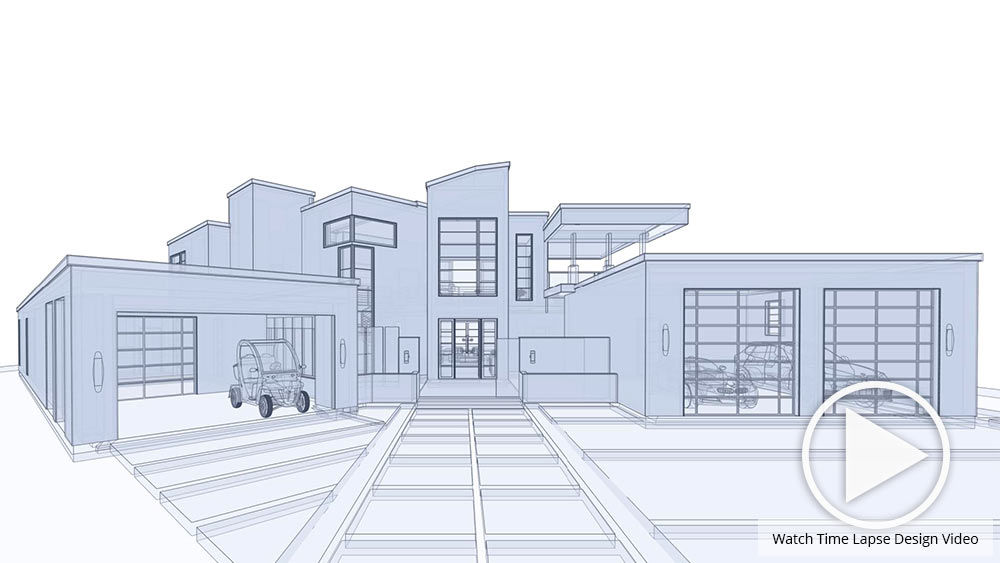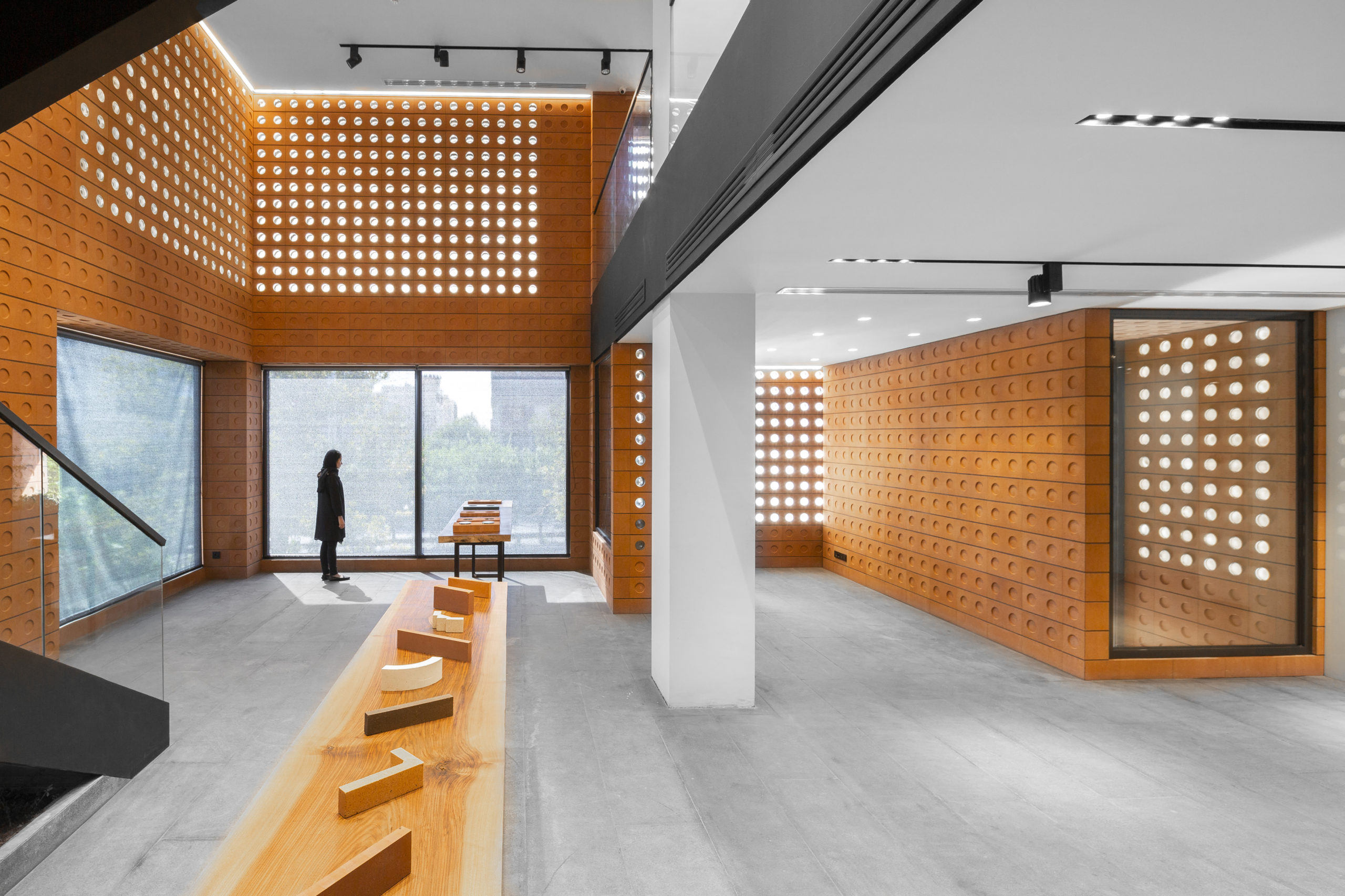How CDA Architects Integrate Eco-Friendly Practices in Architectural Projects
How CDA Architects Integrate Eco-Friendly Practices in Architectural Projects
Blog Article
The Influence of Technical Innovations on the Design Practices of Contemporary Architects
The quick advancement of technical devices has actually substantially reshaped the design landscape for modern designers, fostering extraordinary levels of development and sustainability. The combination of Building Information Modeling (BIM), parametric layout, and expert system has not just structured partnership amongst varied groups but additionally redefined project implementation. However, as architects accept these developments, they are confronted with complicated difficulties that might impact their creative procedures. Discovering these dynamics discloses a nuanced interplay in between modern technology and traditional layout methods, prompting a better examination of what the future holds for building methods.
Evolution of Architectural Devices
Just how have building devices changed the design and construction processes over the centuries? The advancement of architectural devices has dramatically impacted the efficiency, accuracy, and creative thinking of design and construction. In ancient times, designers depend on primary tools such as plumb bobs, gauging rods, and fundamental geometry to produce frameworks. These devices laid the structure for very early building method, enabling the building and construction of famous structures, albeit with limitations in precision and intricacy.
With the arrival of the Renaissance, the intro of the compass and the protractor marked a pivotal shift. These devices enabled architects to attain greater precision in their layouts, facilitating the appearance of even more complex and proportionate structures. The Industrial Transformation better changed building exercise with the introduction of mechanized devices and materials, permitting larger and more ambitious projects.
In the 20th century, the development of computer-aided layout (CAD) software changed the landscape as soon as again, giving designers with unmatched capacities in modeling and visualization. Today, advanced devices such as Building Details Modeling (BIM) and parametric layout software program remain to push the limits of architectural innovation, making it possible for a much more integrated method to design and building and construction processes.
Improved Cooperation in Design
As technology remains to evolve, improved partnership in layout has become a foundation of modern-day architectural method. The assimilation of electronic tools such as Building Info Modeling (BIM), cloud-based systems, and progressed visualization software has actually changed the method designers, engineers, and stakeholders connect throughout the style procedure. These devices assist in real-time interaction, permitting teams to share concepts, modifications, and feedback immediately, no matter of geographical place.

Furthermore, interdisciplinary cooperation has actually been structured via these technological developments, enabling designers to function a lot more carefully with various other professionals, such as metropolitan organizers and environmental specialists. The result is a more natural strategy to create that thinks about various point of views and experience. Inevitably, enhanced partnership in design is not just a trend; it is essential for developing ingenious, functional, and cosmetically pleasing architecture in a significantly complicated world.

Sustainability Via Technology
Sustainability in design has actually progressively ended up being intertwined with technical technology, driving the market towards ecologically accountable practices. Contemporary engineers are leveraging advanced technologies to minimize environmental impact while improving the performance of structures. cda architects. One prominent instance is the use of Structure Information Modeling (BIM), which enables precise preparation and resource allocation, reducing waste during construction and promoting energy efficiency throughout a structure's lifecycle
Moreover, clever products and energy-efficient systems are being integrated right into styles to optimize resource usage. Technologies such as solar batteries and eco-friendly roof harness renewable resource sources, adding to reduced carbon footprints. In addition, the application of expert system in layout processes makes it possible for engineers to imitate and assess power consumption, directing decisions toward even more lasting end results.
The combination of lasting modern technologies not just lines up with global environmental objectives but also satisfies an increasing need from customers for environment-friendly solutions. As designers embrace these advancements, the focus moves in the direction of producing spaces that are not only visually pleasing however likewise functionally lasting, thereby redefining the requirements of contemporary design. In this way, technology functions as a description catalyst for sustainability, making it possible for architects to design structures that respect and enhance the natural surroundings.
Obstacles in Execution
While technical improvements in architecture hold excellent assurance for improving sustainability, their execution typically encounters considerable challenges. One key obstacle is the steep learning contour associated with brand-new innovations. Architects use this link and building and construction professionals may need extensive training to successfully utilize sophisticated software application and devices, which can delay task timelines and raise expenses.
Furthermore, the combination of arising innovations, such as Building Info Modeling (BIM) and lasting products, usually demands partnership throughout multidisciplinary groups. This partnership can be hindered by differences in experience, process, and communication styles, bring about potential problems and inefficiencies.

In addition, governing frameworks and building regulations might not maintain rate with technological improvements, producing uncertainty and possible compliance problems. This obstacle can discourage engineers from completely welcoming brand-new modern technologies, as the danger of non-compliance might exceed the benefits. Attending to these execution obstacles is important for the effective combination of technical advancements in modern architectural methods.
Future Patterns in Design
The obstacles related to the implementation of new technologies in design have prompted a reevaluation of future patterns within the market - cda architects. As architects navigate issues such as sustainability, urbanization, and social equity, they are significantly adopting innovative innovations to improve design efficiency and environmental performance
One prominent trend is the combination of expert system (AI) in the style process. AI tools can examine vast datasets to notify style choices, boosting both creativity and capability. Similarly, Building Information Modeling (BIM) remains to advance, allowing real-time partnership among stakeholders and assisting in streamlined project monitoring.
Lasting style techniques are likewise getting energy, with engineers focusing on flexible reuse and regenerative layout principles that decrease resource usage and waste. The incorporation of clever products and renewable resource sources will additionally improve the resilience of buildings despite environment modification.
Additionally, the surge of parametric style enables even more customized and context-sensitive architectural options (cda architects). By taking advantage of these advancements, engineers are poised to produce built settings that not only deal with the prompt demands of culture visite site yet additionally expect future difficulties, consequently redefining the function of style in an ever-changing world
Verdict
Technical developments have significantly improved building design techniques, helping with enhanced accuracy, partnership, and sustainability. The assimilation of tools such as Structure Info Modeling and parametric style software application, alongside artificial intelligence and smart materials, empowers designers to deal with complex difficulties much more effectively.
Report this page